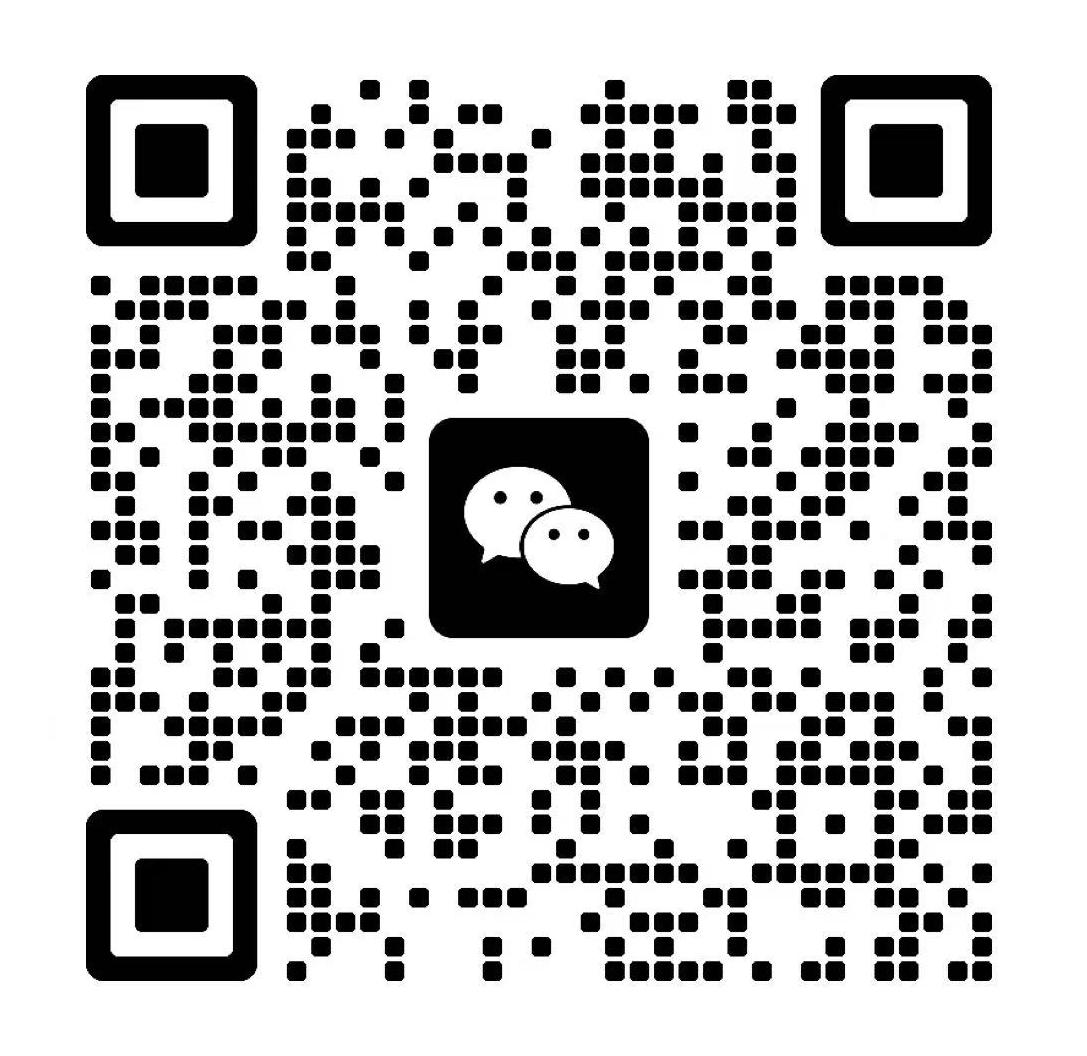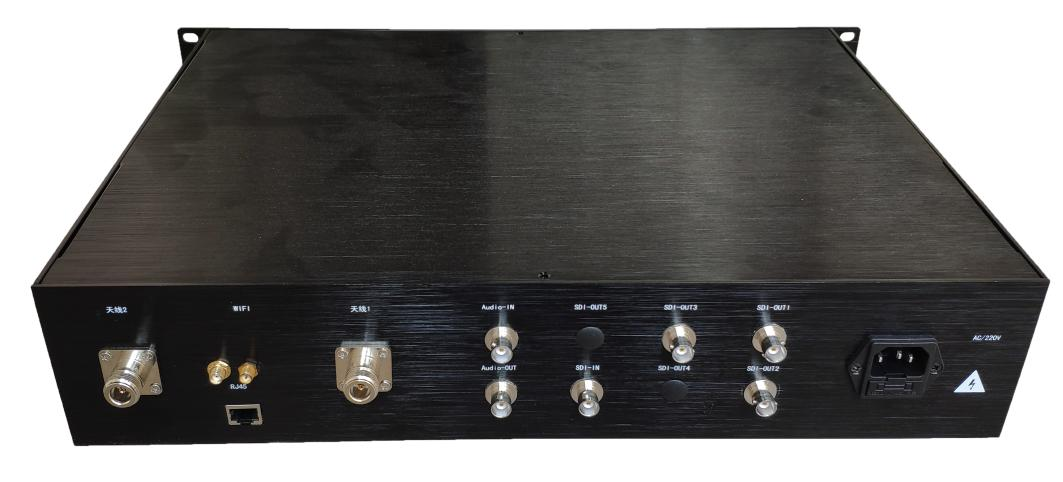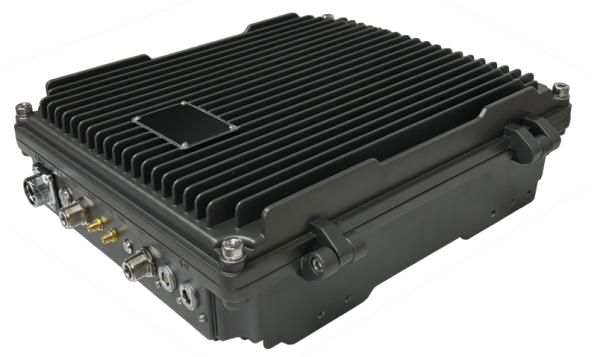News Center
-
 2025-10-28IP Mesh无线电是一种形成网状网络(Mesh Network)的无线通信设备,每个节点既是发射器又是接收器。不同于依赖中央基站的点对点(P2P)或点对多点(P2MP)系统,Mesh网络中的数据可以在多个节点间动态跳转(multi-hop)。
2025-10-28IP Mesh无线电是一种形成网状网络(Mesh Network)的无线通信设备,每个节点既是发射器又是接收器。不同于依赖中央基站的点对点(P2P)或点对多点(P2MP)系统,Mesh网络中的数据可以在多个节点间动态跳转(multi-hop)。 -
2025-10-28
IP Mesh vs Traditional Wireless Network: What’s the Difference?
IP Mesh Network is a decentralized, self-forming communication system where every node (radio device) acts as both a transmitter and a receiver. There is no central base station. Instead, each node connects dynamically to others, creating a web-like topology that can adapt to changing environments. -
2025-10-27
IP Mesh Radios: The Future of Tactical Wireless Networking
IP Mesh Radio is an advanced wireless communication device that integrates Internet Protocol (IP) networking with mesh network architecture. Unlike conventional point-to-point or point-to-multipoint radio systems, mesh radios form a self-forming, self-healing, and fully decentralized network where each node acts as both a transmitter and receiver. -
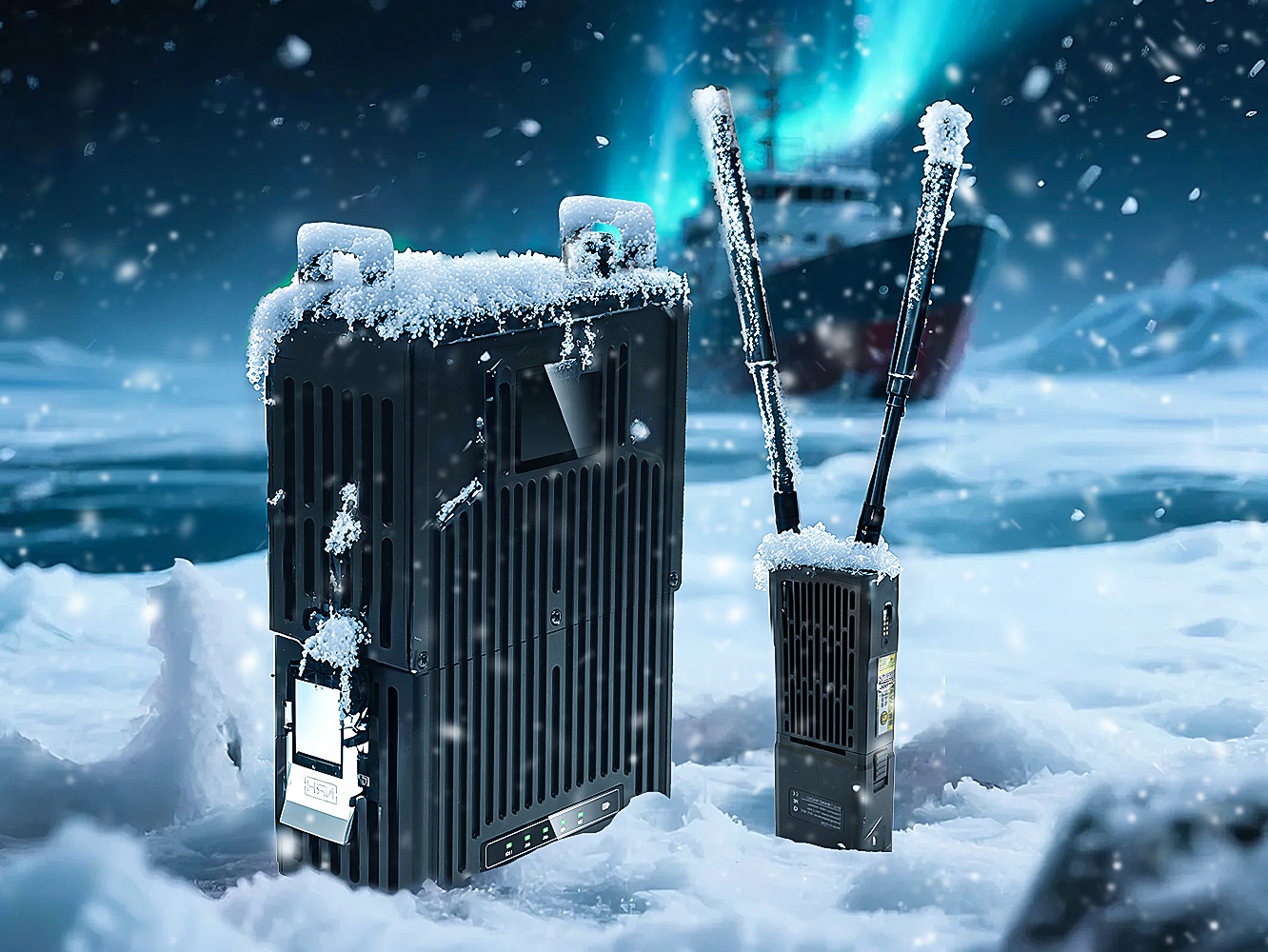 2025-10-24
2025-10-24What Is an IP Mesh Radio and How Does It Work?
This is where IP Mesh Radio technology comes in — an advanced wireless communication system that integrates Internet Protocol (IP) networking with dynamic mesh architecture. It offers real-time, broadband, and self-healing connectivity, ensuring that people, machines, and systems stay connected even in the most demanding and mission-critical environments. -
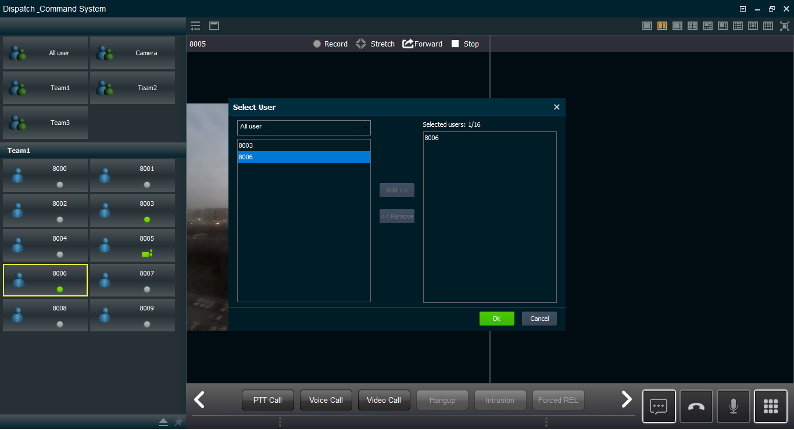 2025-10-20
2025-10-20Why We Need to Use the Emergency Command and Dispatch System
TuQian deeply knows the many needs of industrial users in the process of informatization construction, beginning with the needs of customers to establish an emergency command and dispatch system. Its products and solutions can meet the needs of industry users for multi-service transmission while providing the most cost-effective products and solutions. The solution offers personalized and extensive service capabilities. At the same time, it may provide tailored service solutions and spare parts guarantees based on customer application requirements, ensuring that customers receive prompt and efficient technical and service assistance. -
 2025-10-20
2025-10-20What Is Long Distance Communication and How Does It Work?
Long-distance communication refers to the transmission of information—such as voice, data, or video—across large geographic areas, typically beyond the range of human speech or local network systems. It enables communication between cities, countries, or even between Earth and satellites in orbit. -
 2025-10-14
2025-10-14What Is a Mesh Network Radio and How Does It Work?
In the age of advanced wireless communication, mesh network radios are transforming the way people, devices, and systems stay connected — especially in environments where traditional network infrastructure is limited or unavailable. From military operations and emergency response teams to outdoor broadcasting and industrial IoT applications, mesh radio technology enables reliable, self-healing, and long-range communication. -
 2025-09-26
2025-09-26What Is Wireless Data Transmission and How Does It Work?
TuQian delivers cutting-edge wireless data transmission solutions tailored for modern communication needs. From point-to-point and point-to-multipoint microwave links to ad hoc wireless networks and IoT connectivity, TuQian systems ensure secure, high-speed, and scalable data transfer in even the most demanding environments.


